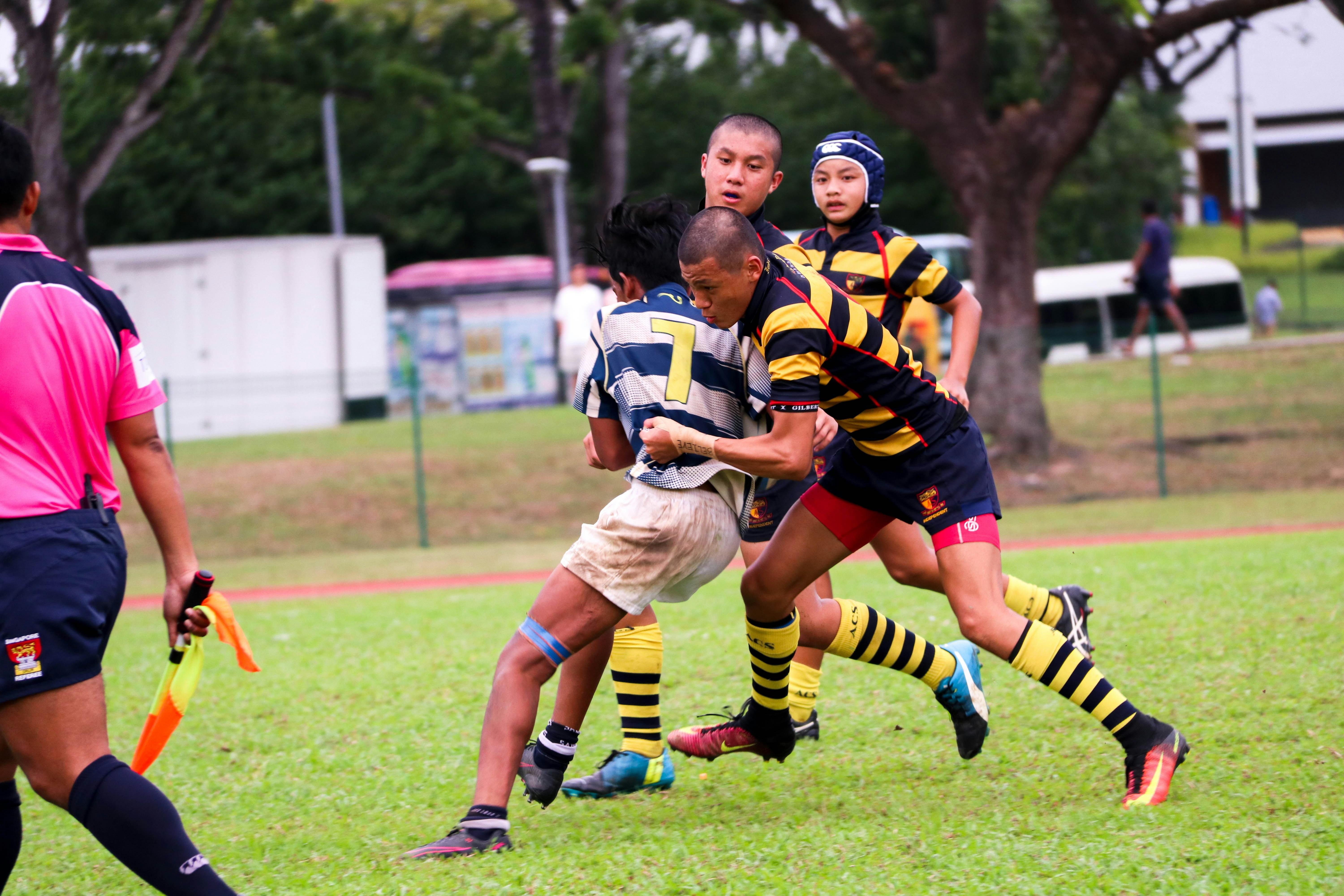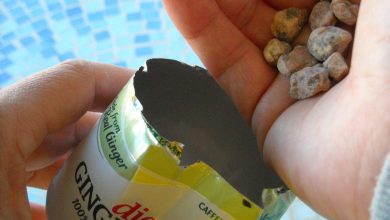Correcting aggressive behavior in high-energy dog breeds

High-energy dog breeds, known for their boundless enthusiasm and spirited nature, can be both a joy and a challenge for pet owners. While their vivacious energy often translates into playful and affectionate behavior, it can sometimes manifest as aggression if not properly managed. Understanding and correcting aggressive tendencies in these breeds is crucial for ensuring a harmonious household and a well-balanced pet. This article delves into the root causes of aggression in high-energy dogs, offering practical strategies and expert advice to help owners effectively address and modify such behaviors. Whether you’re a seasoned dog owner or new to the world of energetic breeds, these insights will equip you with the knowledge and tools needed to foster a safe and nurturing environment for both your pet and family.
Understanding the Root Causes of Aggression in High-Energy Dogs
High-energy dog breeds, such as Border Collies, German Shepherds, and Siberian Huskies, are known for their vigorous nature and intelligence. However, when their energy is not channeled properly, it can manifest as aggression. Understanding the underlying causes of such behavior is crucial in addressing it effectively. Lack of exercise is a common factor, as these breeds require significant physical activity to burn off their abundant energy. Without adequate outlets, they may resort to undesirable behaviors.
Another potential root cause is insufficient mental stimulation. These intelligent breeds thrive on challenges and problem-solving tasks. When their cognitive needs are unmet, they can become frustrated and exhibit aggressive tendencies. Additionally, poor socialization during critical developmental stages can lead to fear-based aggression, as they may not know how to interact appropriately with other animals or humans. Recognizing these factors is the first step towards correcting aggressive behavior in high-energy dogs.

Implementing Effective Training Techniques for Behavioral Correction
High-energy dog breeds, known for their enthusiasm and zest for life, often require specific training techniques to address aggressive behavior effectively. One of the key strategies is incorporating consistent routines that channel their energy positively. Establishing a structured daily schedule with regular exercise, playtime, and training sessions helps in managing their exuberance and prevents misbehavior. Additionally, it’s crucial to identify and address any triggers that may cause aggression. Observing their reactions to different situations and environments can provide insights into what prompts their aggressive tendencies.
Using positive reinforcement is another powerful method in behavior correction. Rewarding desirable behavior with treats, praise, or playtime encourages repetition of good conduct. This technique not only builds a bond of trust between the dog and owner but also promotes a calm and balanced demeanor. Here are a few effective practices to consider:
- Clicker training: This method involves using a clicker sound to mark desired behaviors, followed by a reward.
- Redirecting attention: When signs of aggression appear, redirect the dog’s focus to a task or command they enjoy.
- Socialization: Regular exposure to different people, pets, and environments can reduce fear-based aggression.
Implementing these strategies with patience and consistency will help in mitigating aggressive behavior in high-energy breeds, fostering a harmonious relationship between you and your furry friend.

Utilizing Positive Reinforcement to Encourage Desired Behaviors
High-energy dog breeds often exhibit aggressive behavior due to their need for constant mental and physical stimulation. Positive reinforcement can be an effective strategy to reshape these behaviors by rewarding desirable actions rather than punishing unwanted ones. This approach not only strengthens the bond between you and your pet but also creates a positive learning environment. Implementing this method requires consistency and patience, as it encourages dogs to associate good behavior with positive outcomes.
- Identify Triggers: Observe what causes aggressive behavior in your dog and aim to avoid or manage these situations.
- Reward Calmness: Offer treats, praise, or playtime when your dog displays calm behavior, especially in previously challenging situations.
- Use Commands: Teach and reinforce basic commands like “sit” or “stay” with positive rewards to redirect attention away from aggressive impulses.
- Consistency is Key: Maintain a consistent routine for training sessions, ensuring that positive reinforcement is always applied immediately after the desired behavior occurs.
By focusing on positive reinforcement, you can effectively guide your high-energy dog toward more acceptable behaviors, transforming their natural exuberance into opportunities for learning and growth.

Creating a Balanced Environment to Support Behavioral Improvement
To foster a harmonious atmosphere conducive to behavioral change in high-energy dogs, it is essential to consider both the physical and emotional environment. Start by ensuring that your dog has ample opportunities for physical activity. High-energy breeds require regular exercise, which can include long walks, running, or interactive play sessions. Consider the following strategies:
- Designate a play area in your home or yard where your dog can expend energy safely.
- Incorporate puzzle toys to stimulate mental engagement and reduce boredom.
- Schedule regular playdates with other dogs to encourage socialization.
Equally important is the emotional environment you create. Dogs are highly perceptive and can react to the emotions of those around them. Maintain a calm and consistent demeanor, and reinforce positive behavior with rewards and praise. This approach can help mitigate aggressive tendencies by providing a sense of security and predictability. Implement these practices:
- Use positive reinforcement to reward desired behaviors promptly.
- Establish a routine to create a structured environment that dogs thrive in.
- Engage in regular training sessions to build trust and understanding.



